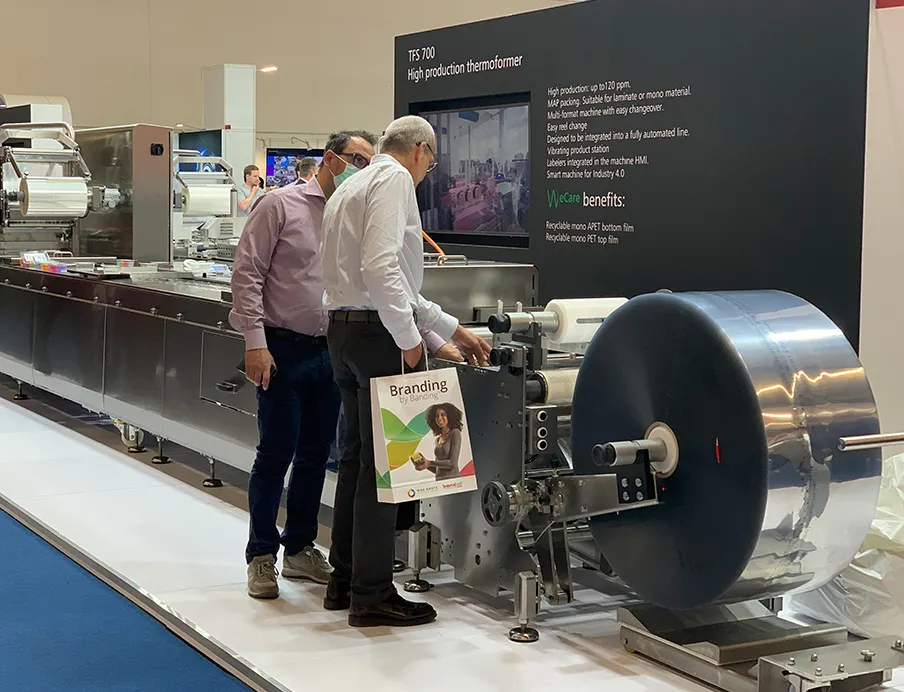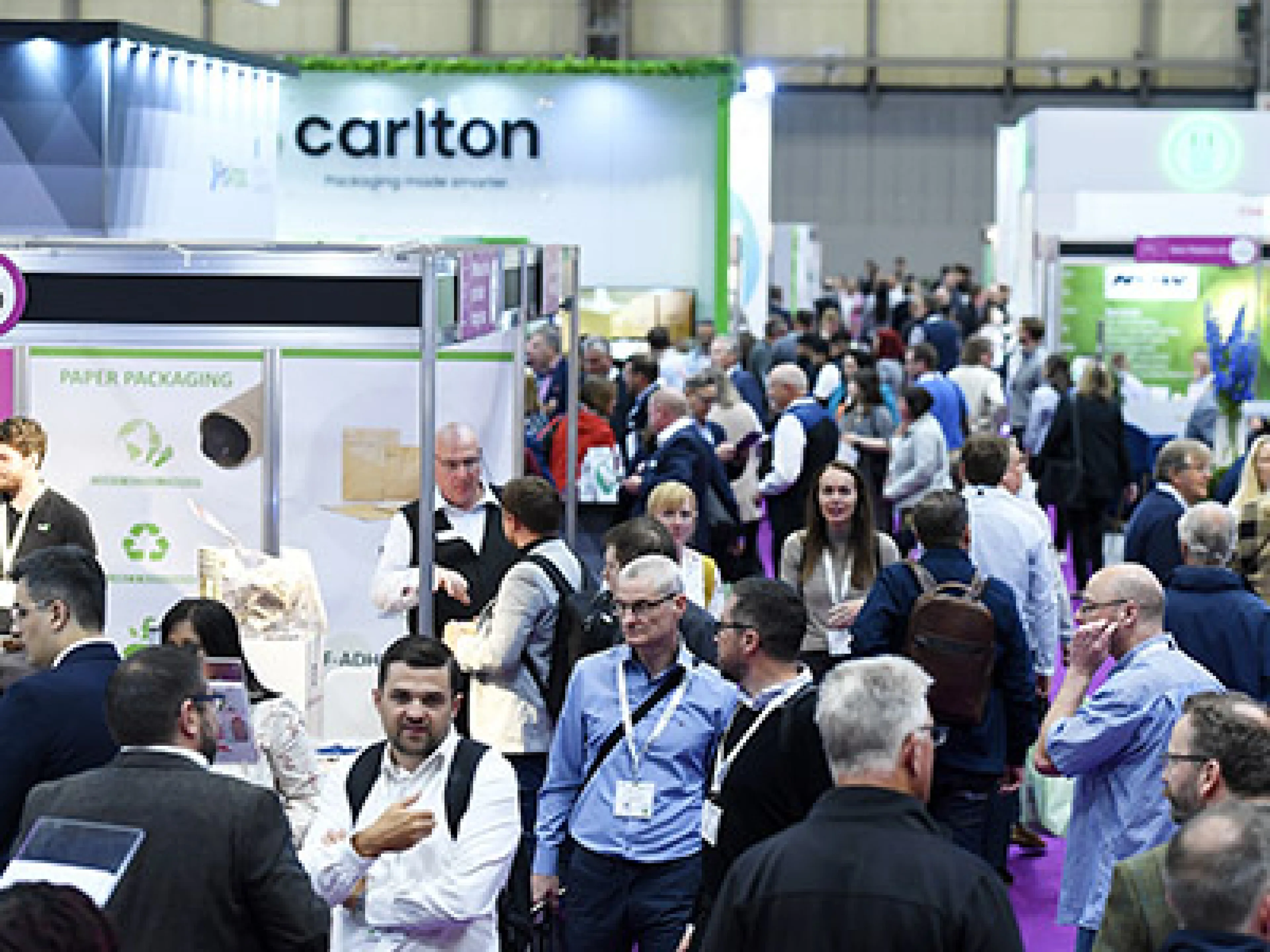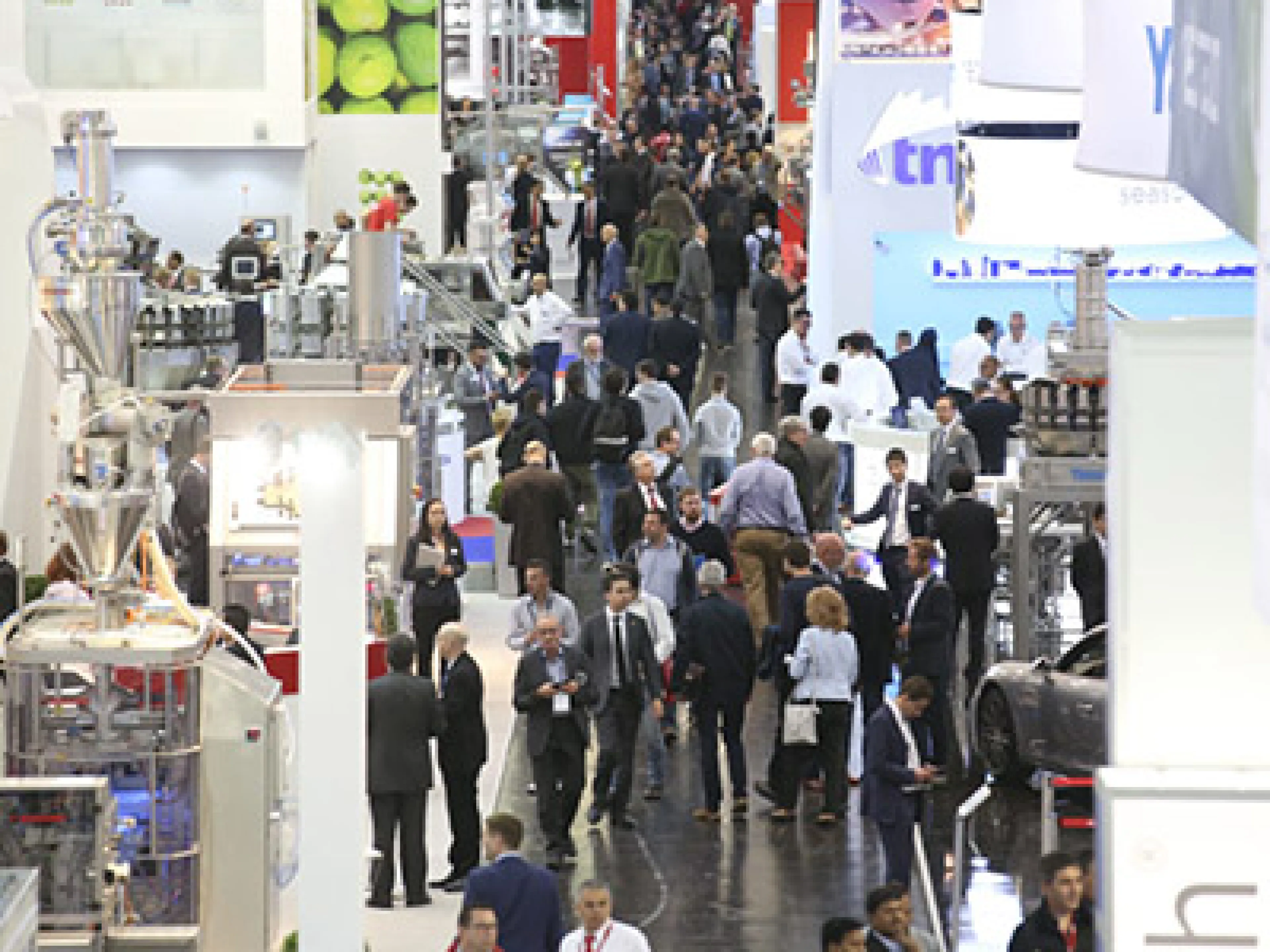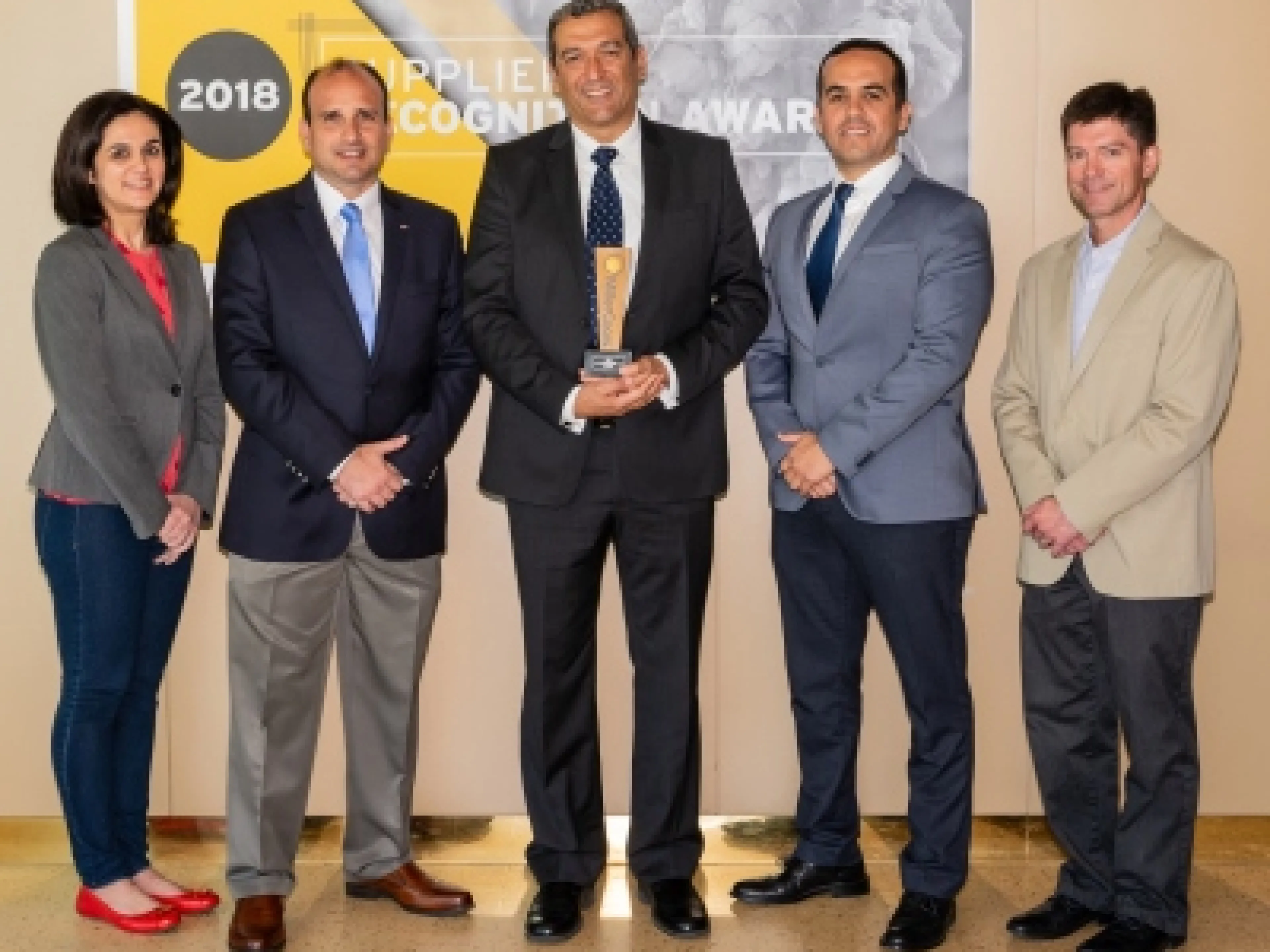
The meat processing industry belongs to the sectors with high consumption of energy, water and materials. Therefore, in production and packaging, the processes must be designed to be as sustainable and resource-efficient as possible. This not only benefits the environment, but also increases efficiency and reduces costs. Under its guiding theme of “Sustainability in Practice”, Iffa will be showing which technologies can be used to achieve this. The world's leading trade fair for the sector, to be held in Frankfurt am Main from May 3 to 8, 2025, will showcase the latest technology for meat and alternative proteins.
Whether it's energy efficiency, process efficiency or resource efficiency: “Sustainability is invariably linked to efficiency,” says Klaus Schröter, Chairman of the VDMA Process Technology Division for Meat and Protein Processing. He emphasizes that machine and plant manufacturers are constantly developing solutions that reduce the consumption of media and materials such as water, cooling, cleaning agents and compressed air. Where waste heat is generated, it can be used in other areas of operation. Solar technology is also integrated into processes to make them energy efficient.
Increasing energy efficiency is the biggest lever for achieving greater sustainability in food production. At the same time, costs can be reduced. Up to 60 percent of the total energy demand is for heat generation and subsequent cooling. Heat is needed for cooking, steaming, sterilizing and cleaning. Chilling is needed to cool meat and thus ensure food safety, among other things.
Heat pumps boost energy efficiency
In the meat processing industry, heat pumps are increasingly the method of choice when it comes to energy efficiency. In combination with compressor-based process cooling systems, they enable environmentally friendly cooling and heating in a closed circuit. This lowers energy consumption by around 30 percent and reduces CO2 emissions by about half. This is because fossil-fuel boilers are no longer needed. In addition, the heat pumps prevent waste heat from escaping unused from the refrigeration system. They heat it up to 90 degrees and make it available for other uses, for example for washing and cleaning processes or for heating water for process purposes such as pasteurization, bleaching and drying. A logical next step towards carbon-neutral production in the meat industry is the use of photovoltaic systems to power heat pumps. It is also possible to implement biogas plants that use organic waste from meat production to generate energy. A medium-sized slaughterhouse can save around 1,500 tons of CO2 per year in this way.
Water conservation through wastewater reuse and hygienic design
Similar to waste heat, wastewater from production can be treated and used for less critical processes such as cleaning or cooling. A common method for reusing process water is additional treatment with filtration technologies such as ultrafiltration or reverse osmosis. In addition to waste water treatment, the hygienic design of machines and systems offers another starting point for the efficient and sustainable use of water. Closed machine bodies, sloping, polished stainless steel surfaces and flush covers help to reduce the consumption of water and cleaning agents.
Artificial intelligence controls the chilling of production processes
Artificial intelligence is also an important driver in making production processes more sustainable. One example is the AI-supported control of cold stores. AI automatically adjusts the chilling curve, which can significantly reduce power consumption and CO2 emissions. Intelligent motor controls improve the efficiency of work machines by providing exactly the power that is needed. The example of cutting machines shows that a control module regulates the power of the motor depending on the resistance. The motor only develops its full torque when dealing with products that are difficult to cut. Thanks to demand-based control, such devices consume up to 45 percent less electricity than conventional machines. Further savings can be achieved through modern drive technology, for example by using servo motors in vacuum filling machines or cutters. In view of the high industrial electricity prices, such investments are likely to pay for themselves quickly.
In addition, researchers are also relying on artificial intelligence to develop packaging that is as perfect as possible. Not only should it have a good ecological balance, but it should also meet a wide range of requirements. These include durability, design, customer acceptance and, last but not least, costs. In the interdisciplinary research project “KIOptiPack”, scientists are working together with participating companies on software that uses artificial intelligence to suggest the best possible packaging designs that use minimal material and a high proportion of recycled material. This will enable companies to implement sustainable packaging solutions without the need for extensive test phases.
Bio-based packaging increases the recycling rate
When it comes to packaging, the focus is on the transition to a circular economy in which reuse and recycling minimize waste. The new EU Packaging Regulation, which came into force on February 11, 2025, provides the legal framework for this. It affects almost all industries, including the meat processing industry. Among other things, it stipulates that 40 percent of packaging must be reusable by 2030 and 70 percent by 2040. Certain proportions of recycled material are also specified. For example, packaging that does not consist of PET and comes into contact with food must consist of ten percent recycled material by 2030 and 25 percent by 2040.
The regulation also intervenes in the design of the packaging. It should be as light, small and separable as possible. Researchers are therefore working on bio-based variants made from renewable raw materials, such as seaweed, that are either recyclable or compostable. Enzymes are incorporated into the bioplastics to make composting more effective. Multilayer composites can be materially separated and recycled through the enzymatic degradation of an intermediate layer. Coatings based on whey proteins reduce oxygen permeability.
Substitution of conventional plastic packaging with paper composites is another trend. Paper composite packaging coated with nanocellulose is 100 percent recyclable as a monomaterial in the waste paper stream. The cellulose also acts as an oxygen barrier. In order to increase the recycling rate, research is also being conducted into how to better separate the common multi-layer packaging. The Fraunhofer Institute for Process Engineering and Packaging IVV is using a solvent-based process that separates the target plastics as a mono-material from mixed plastics or composites and processes them into high-quality regranulates. This can significantly increase the recycling rates of composite packaging and multi-layer films.









